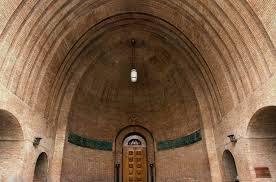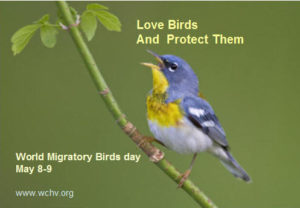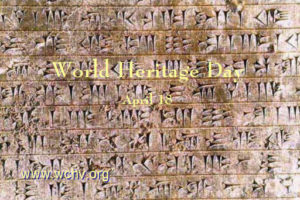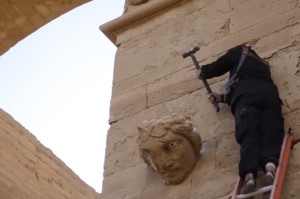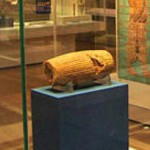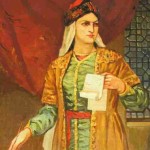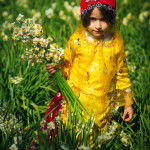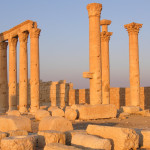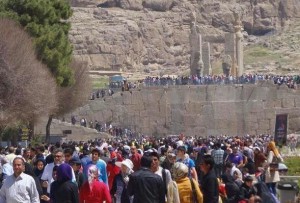 -Written by Shokooh Mirzadegi-
-Written by Shokooh Mirzadegi-
What is “civil disobedience?” It is defined as a non-violent struggle or protest against a method, policy or issue that the power apparatus imposes on its people.
As an admirer and practitioner of the non-religious culture of Iran, I claim that, based upon the above definition, and during the last 38 years, the movement to observe the ancient ceremonies related to Nowruz (the new day of the New Year in Iranian calendar, beginning on the first day of spring) which is observed by millions of Iranians, has turned into the largest and most magnificent case of civil disobedience of our time.
This movement took shape immediately after the advent of Islamic Revolution in Iran (1978) and it has been alive and active, contrary to all the Islamic government’s efforts to stop it through security-manipulations and/or religious pretext. The movement has grown rapidly and has expanded to other rituals related to Nowruz such as Charshanbeh-Suri (The fire festival) and Sizdah-bedar (celebration for the end of two-week long Nowruzi festivities).
A few weeks before the beginning of spring, Iranian people, very similar to an organized, nicely trained and proud army, begin their preparation for the ceremony of welcoming their New Year, a heritage of their pre-Islamic civilization. The Islamic government calls the ceremony a fire worshiping practice of pagans but people observe their Charshanbeh-Suri festival. The government calls them unbelievers and they jump over burning bonfires. They forbid it restrictly and they continue their fire ceremony. it threatens them with prosecution and arrest and they carry on their joyful festivities.
The Islamic government does not approve of dancing and happy gatherings and bans such activities during the Nowruz period. People do not pay attention. The government issues military ultimatums and religious decrees while people ignore them all. The Islamic government puts them in jail but they continue the ceremony as soon as they are released.
The Islamic government spends huge sums of money for its many religious festivities, aiming to stop Nowruzi rituals (that are registered by UNESCO as a part of mankind’s intangible heritage), and looks for some occasion related to the death of religious personalities coinciding with Nowruz in order to stop the ceremonies.
Nevertheless, Iranian people, with the ascending fragrance of Spring in their chests, observe the Nowruzi ceremonies every year and on an ever expanding dimension. The government puts them under severe economic hardships but the people, just like dutiful soldiers, bear the hardship and continue their civil disobedience, fighting to keep their traditions, and continue flying the victorious flag of Nowruz.
I have arrived at this conclusion: Our people, some of them even without being aware of the fact, are going through the process of “survival of the fittest” and based on the Darwinian “natural selection”, endeavor to weather the hardships and remain alive through clinging to their ancient culture which is filled with essence and elements of happiness, beauty, kindness and productivity; a culture that can act as the best antitoxin for their government’s atrocities.
This year too, the 38th anniversary of our people’s civil disobedience begins by the arrival of the Spring and the admirers of Iran’s culture continue their struggle against an anti-culture force just to keep their natural rights of being free and happy. The result would inevitably be the defeat of the stern army of freedom haters and happiness killers.
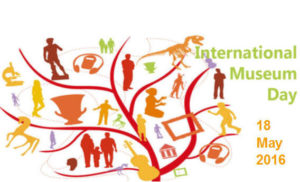 Every year since 1977 International Museum Day is organized worldwide around May 18.
Every year since 1977 International Museum Day is organized worldwide around May 18.